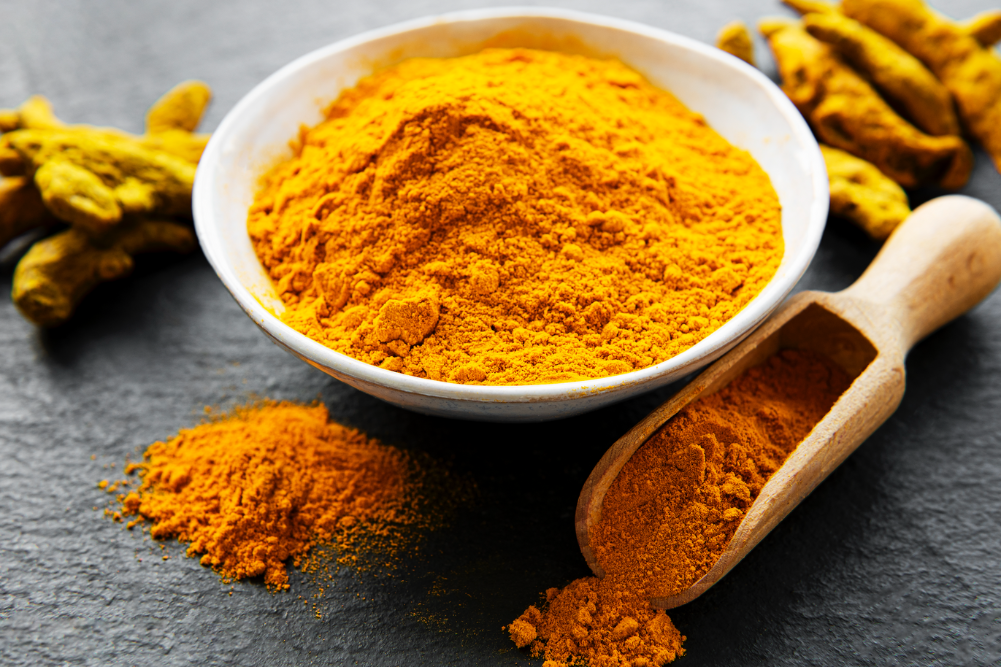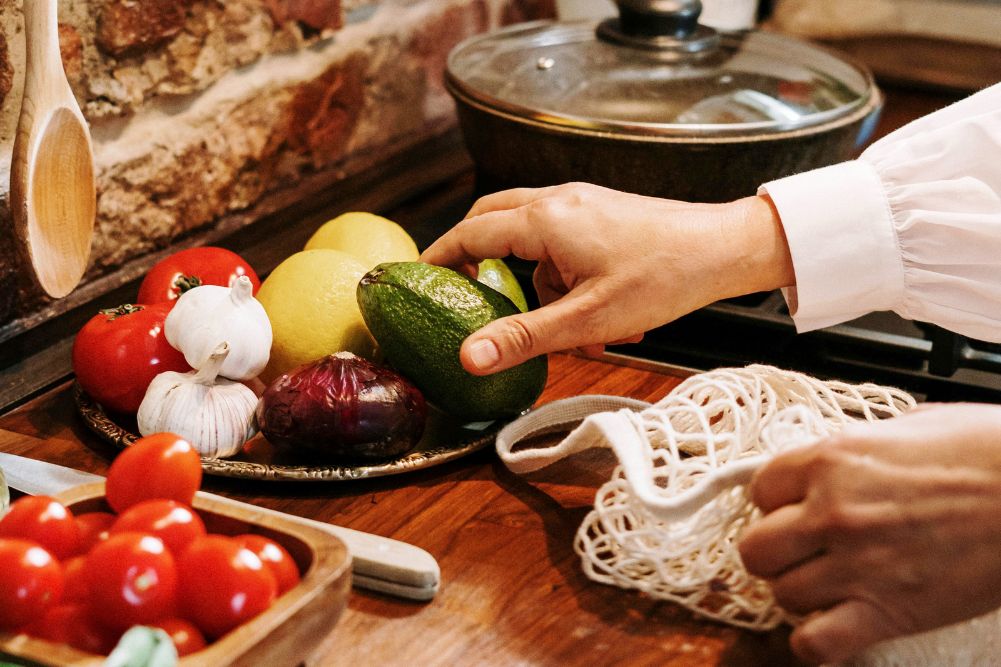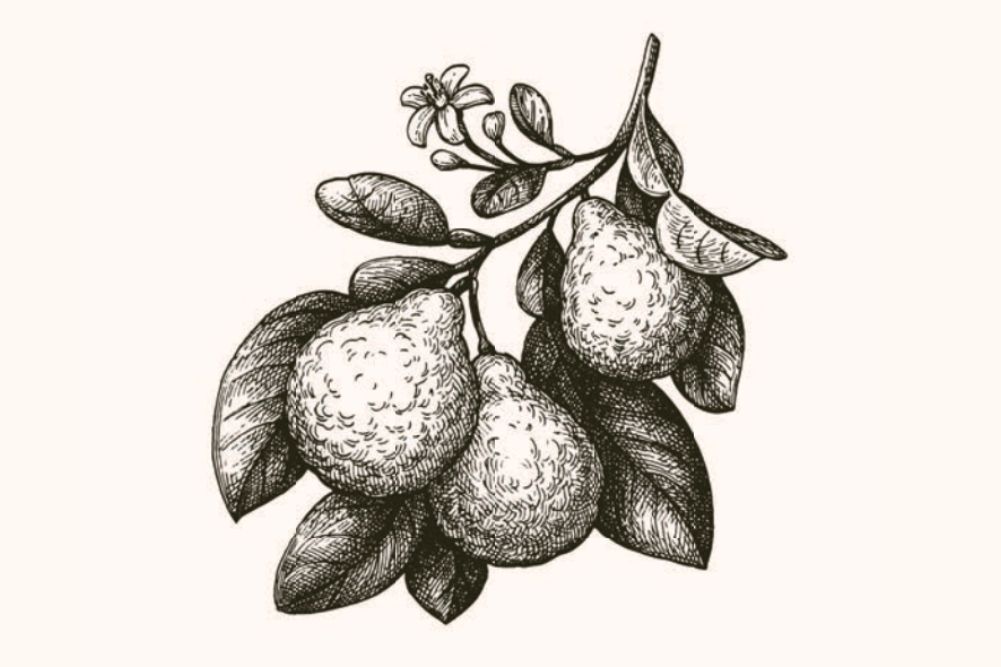Wholegrains aren’t just for hippies
Nutritious food that contains quality complex carbohydrates, proteins, minerals, vegetables and omega-3 and -6 fatty acids is essential to keeping the body and the soul healthy. Carbohydrates in particular, found in fruit, vegetables and whole grains, provide fuel for the body to carry out all its physiological activities. Diets without carbohydrates, such as those that have been popularised by celebrity-endorsed fads, can actually be detrimental to your health; that’s why it’s vital to include whole grains, popularly known as cereals and an excellent source of complex carbohydrates, in your eating plan.
Wheat and rice top the list of whole grains consumed by much of the world’s population. Rice is the staple food for most Asians – Indians, Chinese, Japanese, Koreans, for example – while other nations mostly eat wheat as a source of carbohydrates. Baked food such as bread, pastries, pizza and pies use wheat flour; to a lesser extent, rye, corn and oats are also used in baking.
There are other grains, however, that are often overlooked when wanting to include good carbs in your meal plan. Millets, ragi, pearl millet, barley and sorghum are actually more nutritious than most other whole grains, but have yet to enjoy the culinary limelight despite being around for thousands of years. According to agro-archaeologists, the earliest uncultivated grains of barley date back to Syria around 8000 BC and millets were under cultivation in northern China as early as 7000 BC, a thousand years before rice made its appearance in about 6000 BC.
Millets are easy to grow and more drought- and disease-resistant than other grains. Do you ever wonder why people still do not exploit their nutritive or agronomic value? It is all because of perception, attitudes and ignorance. In South India, for instance, millet is often associated with the poor. Mahatma Gandhi, who fought for India’s freedom during the British regime in India, included ragi (also called African millet) in his diet. In doing so, he aligned himself with India’s poor. He was also aware of the nutritive potential of ragi. Ragi is an excellent source of calcium, iron, proteins and essential amino acids. Where do you think the “coolies” (Indian labourers in the 19th and early 20th centuries) got their energy from, to carry heavy loads? From the millets; they’d eat a bowl of porridge made from ragi for their breakfast. In Western countries, on the other hand, millets are generally considered to be forage crops, fit only for consumption by animals and birds.
Barley and millets have more protein and lysine (an amino acid) than most other whole grains. Barley in particular contains many more fatty acids, vitamins (vitamin E, thiamine and riboflavin) and lysine than wheat, and has a higher fibre content than wheat.
Nutritionists are increasingly emphasising the importance of including chlorophyll a balanced diet. Chlorophyll is found in the green leaves and stems of most plants, but no other leaf is more beneficial than green barley leaves – they contain huge amounts of vitamins (beta carotene, B1, B2, B6, C, folic acid and pantothenic acid), proteins and minerals (potassium, calcium, magnesium, iron, copper, phosphorus, manganese and zinc). Green barley juice has been found to contain “11 times the calcium in cows’ milk, nearly five times the iron in spinach, seven times the vitamin C in oranges, and 80 mg of vitamin B12 per hundred grams.” (Source: Mallorca’s Guide to Positive Living, www.mallorcaspirit.com)
People often eat food that has very little or no nutritive value, simply because it is fashionable to do so or because celebrities eat such foods. But times are changing; spiralling health costs are inspiring many to rethink the food they put into their bodies. All over the world, societies are becoming more health- and nutrition-conscious, which calls for changes in food habits and eating well.
Wholesome whole grain recipes
If you are interested in including millets in the list of whole grains on your diet, following are a few tasty recipes to make this a little easier. The ingredients listed should be easily available in any Indian Grocery store. Ragi is available as a whole grain, flour and vermicelli. Barley is also available in grocery stores and health food stores.
Porridge with ragi
This is good for breakfast (serves 4).
- 1 cup ragi flour
- 3 cups water
- 1 tsp vegetable oil
- Salt to taste
- ½ cup cooked rice
Add water and salt to the ragi flour in a saucepan. Whisk thoroughly. Cook over medium heat, stir frequently until it solidifies (about 10 minutes). Add the cooked rice and mix well. Serve with plain yoghurt and spiced pickle.
Pancakes
This recipe includes ragi, pearl millet, rice and black gram (also called urud dhal or black lentil). This balanced nutritious breakfast will keep you fully charged for hours (serves 20).
- 3 cups whole ragi grain
- 2 cups pearl millet
- ½ cup brown or hand-pounded rice
- ½ cup black gram
- 2 tsp salt or salt to taste
- 1 tbs yeast
- 2 cups vegetable oil
Soak the millet, rice and black gram for a couple of hours. Grind them in a blender or food processor to make a smooth batter. Add yeast and salt. Keep the batter in a warm place for a couple of hours. Make pancakes on a greased skillet over medium-high heat. Cook on both sides (about a minute each). Serve with mint chutney (see recipe below).
Chutney
Hot chutney stimulates the taste buds and enhances the taste of whatever it is served with. It is also nutritious as it contains lentils.
- 1 tbs vegetable oil
- 1 tsp mustard seeds
- 1 cup Channa Dhal (chickpea)
- ½ cup washed black gram
- 6 red chilli peppers (optional)
- 3 cups spearmint leaves
- ½ cup ginger (chopped)
- 2 tsp tamarind paste
- Salt to taste
Over medium-high heat in a skillet put mustard seeds in the oil and fry for about 1 minute. Add the dhal and chillies, stir and cook until the dhal gets golden brown, about three minutes. Add the mint, and let it wilt, about 2-3 minutes. Remove from heat and soak in three cups of water for 30 minutes. Blend with ginger and tamarind and use a blender to make a smooth paste. Add salt to taste.
Sweet Pancake
Pancakes made with ragi flour, brown sugar (or jagary) and coconut taste simply delicious.
- 1 cup brown sugar
- 3 cups ragi flour
- 1 tsp salt
- 1 cup shredded fresh coconut
- 1 cup oil
Whisk ragi, coconut and salt together in a saucepan. Boil two cups of water and dissolve brown sugar in it. Add this to the flour mix little by little to make a firm dough, just as you would when making flat bread. Break off pieces of the dough and shape into about 10-12 small balls. Grease a small plastic sheet, flatten the balls, transfer the flattened pancake to a greased skillet, and cook both sides over medium-high heat for about two minutes. Serve hot. If you have a sweet tooth, you might like to eat the pancake with your favorite jam or butter the pancake to enhance its taste.
Salad
Made with ragi vermicelli, this recipe makes a tasty and nutritious salad (serves 8).
- 4 cups cooked ragi vermicelli
- 1 cup cherry tomatoes
- ½ cup red onion (thinly sliced)
- ½ cup carrot (shredded)
- ½ cup bell pepper (thinly sliced)
- 4 green chillies (thinly sliced)- optional
- 1 cup walnuts (roasted or raw)
- ½ fresh lemon juice
- ½ cup coriander or parsley (chopped)
- 1 tbs olive or other vegetable oil
- Salt to taste
Cook the vermicelli as per instructions on the pack. Add all the vegetables to the cooked ragi in a salad bowl, then the oil, lemon juice and salt to taste, toss and chill. Garnish with coriander or parsley and walnuts. Serve cold or at room temperature.
Pearl millet pudding
Pudding made with pearl millet, milk and sugar is a delicious dessert (serves 8).
- 1 cup pearl millet
- 2 cups water
- 3 cups non-fat milk
- 2 cups sugar
- A few saffron threads
- ½ cup slivered almonds
- ½ cup roasted cashews
Soak the millet in hot water for an hour. Add three cups of milk. Bring the mixture to the boil over medium heat. Stir frequently and keep an eye on the dish to make sure the milk does not boil over. When the millet goes soft (after about 20 minutes) add sugar and stir; continue cooking over simmering heat for about 5 minutes. Add the saffron and stir well. Garnish with almonds and cashews. Serve chilled or at room temperature.
Barley Pongal
Made with barley, rice and moong dhal, this is a balanced whole food (serves 8-10).
- 2 cups barley
- ½ cup rice
- ½ moong dhal (green gram)
- 1 tbs ghee (clarified butter)
- 1 tsp cumin seeds
- 1 tsp black peppercorns
- ½ cup fresh ginger (chopped)
- ½ tsp asafetida
- 1 cup roasted cashews
- Salt to taste
Boil four cups of water, add barley and turn off the heat. Soak the barley in water for an hour. Add rice, dhal and three more cups of water. Cook the mix in a pressure cooker or, if you do not have a pressure cooker, cook directly over the stove (a pressure cooker takes less time). When the water comes to the oil, turn down the heat, cook covered over a simmering heat for about 30-45 minutes or until it is cooked completely. Pop the peppercorns and the cumin seeds in ghee over a medium heat for 1-2 minutes, then add ginger and asafetida, and remove from the heat. Add this to cooked barley pongal, season with salt and mix thoroughly. Garnish with cashews. Serve hot.
Salad with barley sprout or whole grains
Health food stores sell barley for sprouting as well as barley sprouts. It is easy to germinate barley indoors in a glass jar. The salad is a wholesome food (serves 6).
- 2 cups barley sprouts or 2 cups cooked barley
- 2 cups bean sprouts or alfalfa sprouts
- 2 cups diced cucumber
- 2 cups cherry tomatoes
- 1 cup almonds
- 1 cup raisins
- ½ cup lemon juice (freshly squeezed)
- 1 cup chopped coriander or parsley
If you want to use barley grains, soak one cup of barley in 2 cups of hot water for an hour. Cook barley in a pressure cooker until it is fully cooked. When the pressure develops, reduce heat to a simmer and cook for 10-15 minutes. When cooking directly over the stove, add two more cups of water, bring it to the boil, simmer and continue cooking for 30-40 minutes, stirring occasionally. When the barley is soft and tender, remove from the heat and cool to room temperature. Combine all the ingredients, toss and garnish with coriander or parsley.
Barley soup with vegetables
This recipe is highly nutritious, easy to make and quite tasty (serves 8).
- 1 cup barley
- 1 tbs vegetable oil
- 1 tsp mustard seeds
- A pinch of asafetida
- ½ cup onions (chopped)
- 1 tsp crushed garlic
- ½ cup peas
- ½ cup diced carrot
- 1 tbs curry powder
- 1 tsp turmeric powder
- ½ cup coriander (chopped)
- Salt to taste
Ingredients for making curry powder:
- ½ cup urud dhal
- ½ cup channa dhal
- ½ cup toor dhal (pigeon pea)
- 1 tbs cumin
- 1 tbs coriander
- 1 tbs cloves
- 1 tbs fenugreek
- 1 tbs black peppercorns
Soak barley in hot water for an hour. Make the curry powder while waiting. Over medium-high heat, roast all the ingredients together in a skillet until the dhals are golden brown. Remove from heat and let it cool to room temperature. Blend in a dry grinder to make a fine powder. Store the powder in a covered jar. Use whenever you need it.
To make the soup, pop mustard seeds in the hot oil in a saucepan over medium-high heat for about two minutes. Sauté the onions for 2-3 minutes, or until they turn translucent. Stir in asafetida, garlic, turmeric and curry powders, and heat for about a minute. Add four cups of water. Bring the mixture to the boil; boil for about 10 minutes. Add the barley and vegetables and continue cooking over a low heat, for about 30 minutes. Garnish with cilantro. Serve hot.
Now, you have some great, nutritious recipes for your eating pleasure. Remember that it is easy to make wholesome whole grain food to keep you satisfied, energetic and healthy.







